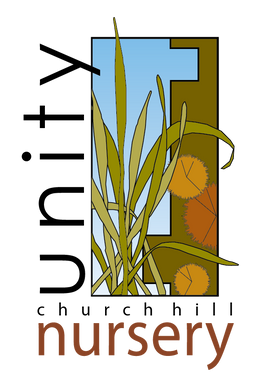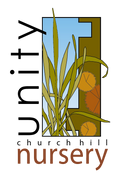Rhododendron maximum (Rosebay Rhododendron)
- In Stock
- Inventory on the way
Rhododendron maximum, also called rosebay rhododendron or great laurel, is a large evergreen shrub that can reach up to 10-20' tall under optimal conditions and occasionally up to 30', making it the largest of all native rhododendrons, although it rarely reaches these heights in the home landscape. Like all rhododendrons, rosebay prefers well-draining, acidic, organically rich soil, as it may suffer in soil with too high a pH or soil that is too wet or too dry; rosebay is also sensitive to too much light or heat, and does best in part or full shade conditions, though it can tolerate direct sun, provided it doesn't get too hot.
Easily recognized by its evergreen foliage and showy white-pink flowers, Rhododendron maximum blooms from June through August, a bit later in the season than other laurels, and blooms provide food for hummingbirds, butterflies, and other pollinators; shrubs may also act as the host to a number of larval butterfly species. Evergreen foliage and large size makes rosebay rhododendron a great choice for border screens or foundation plantings, and it can also make for a great specimen tree -- especially in pollinator-focused gardens.
Rhododendron maximum is a great pick for understory rehabilitation projects, as well as slope-plantings, so long as the larger size doesn't become difficult to work with.





